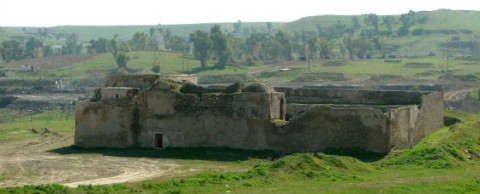Patriarchs of Babylon

Over a thousand years separate the parallel lives of two men who were each, in very different ways, important Christian leaders of their time. The two held very similar offices but in circumstances that had radically, tragically altered through the years. Placing the two lives side by side gives us a lesson about the sweep of Christian history outside the West.
In my book The Lost History of Christianity, I described the great Eastern churches that continued to flourish through the Middle Ages, usually while living under the power of Islamic regimes. Chiefly based in what is now Iraq and Turkey, they maintained a dazzling network of spiritual and intellectual centers far above anything to be found in contemporary Western Europe.
In telling that story, I focused on Timothy, patriarch of Babylon and head of the Church of the East, the so-called Nestorians, who reigned from 780 to 823. Although Timothy was contemporary with the legendary Western Emperor Charlemagne, he represented a totally different cultural world and a radically distinct geography. By 800, the Church of the East constituted at least a quarter of the world’s Christians in a territory that stretched from the Mediterranean deep into Central Asia, China and southern India. From his patriarchal seat in Baghdad, Timothy appointed a new bishop for Tibet and another for the Turks, who then lived in deepest Siberia.




